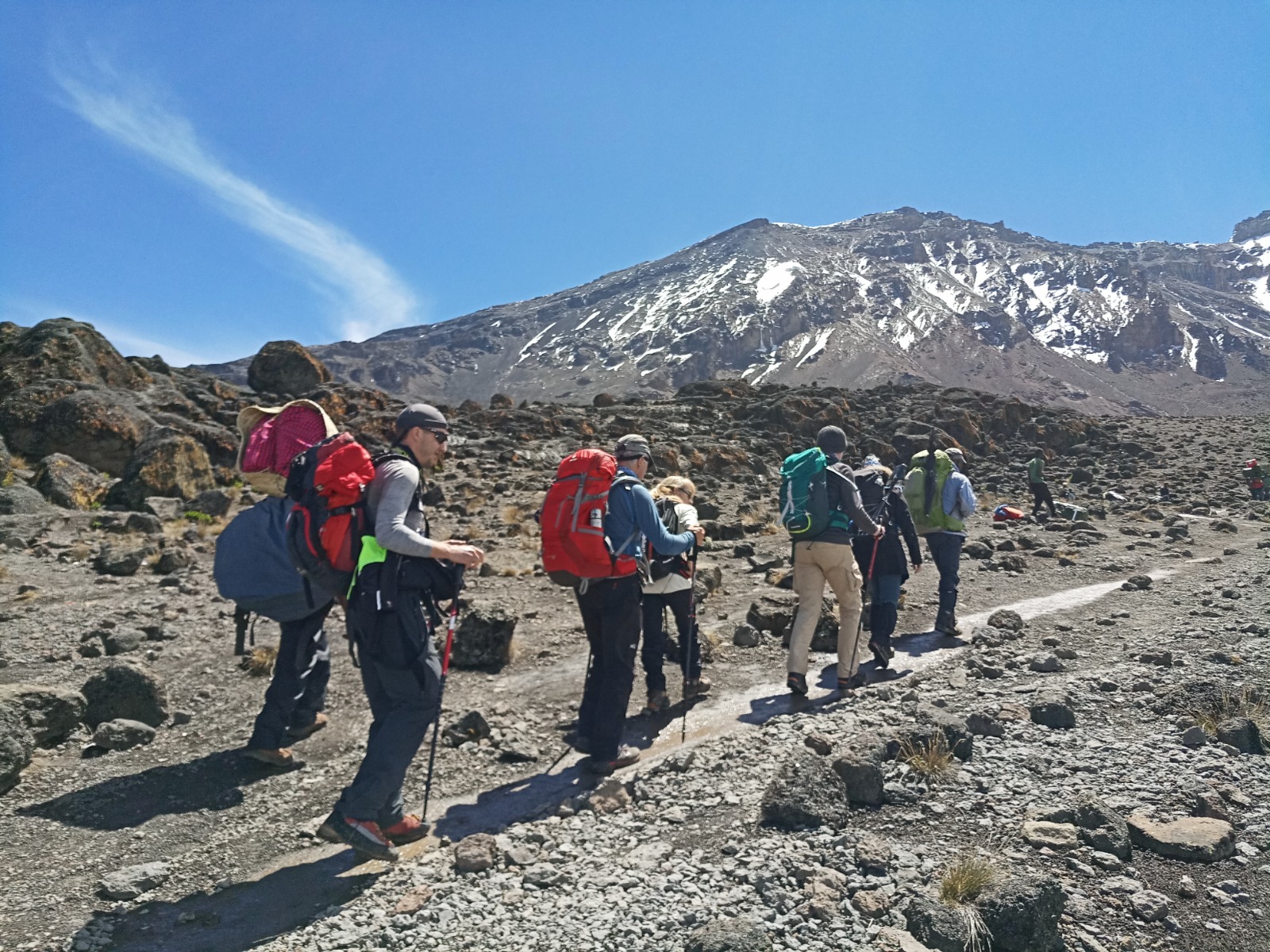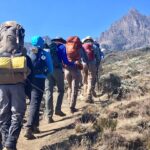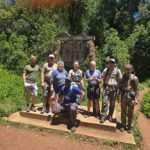Mount Kilimanjaro, Africa’s tallest peak, is a dream destination for adventurers worldwide. One of the most common questions climbers ask is: How long does it take to climb Kilimanjaro? Understanding the different route options, factors affecting the trek, and how to maximize your chances of success can help you prepare for this life-changing adventure.
Kilimanjaro Climb Duration Overview
The time it takes to climb Kilimanjaro can vary significantly depending on several factors, including the chosen route, pace, and individual fitness levels. On average, Kilimanjaro climbs last between 5 to 9 days, allowing you to acclimatize to the altitude and enjoy the stunning landscapes along the way.
Different Routes and Their Durations
There are several routes to choose from when climbing Kilimanjaro, each with unique challenges, landscapes, and recommended durations:
Marangu Route (5-6 Days)
-
- Duration: 5-6 days
- Overview: Often called the “Coca-Cola Route,” Marangu is the only route with hut accommodations. It’s considered the easiest path but has a lower success rate due to shorter acclimatization time.
- Recommended for: First-time climbers looking for a quicker ascent.
Machame Route (6-7 Days)
-
- Duration: 6-7 days
- Overview: Known as the “Whiskey Route,” Machame is a popular choice for its scenic beauty. It has a higher success rate due to better acclimatization opportunities.
- Recommended for: Climbers who want a scenic and moderately challenging trek.
Lemosho Route (7-8 Days)
-
- Duration: 7-8 days
- Overview: Lemosho is one of the most beautiful routes with excellent acclimatization. It’s a longer trek, offering a gradual ascent.
- Recommended for: Those who prefer a quieter, scenic route with better chances of summit success.
Rongai Route (6-7 Days)
-
- Duration: 6-7 days
- Overview: Approaching from the northern side, Rongai is less crowded and drier than other routes. It’s ideal for the rainy season.
- Recommended for: Climbers looking for a quieter trail and dry conditions.
Northern Circuit (9-10 Days)
-
- Duration: 9-10 days
- Overview: The longest route, the Northern Circuit, offers the best acclimatization with panoramic views. It has the highest summit success rate.
- Recommended for: Trekkers who want the best chance of reaching the summit and can spare more days.
Umbwe Route (5-6 Days)
-
- Duration: 5-6 days
- Overview: Umbwe is the shortest and steepest route, recommended for experienced climbers. It’s challenging due to the rapid ascent.
- Recommended for: Adventurous climbers seeking a challenging, quick route.
Factors Affecting Kilimanjaro Climb Duration
Several factors can influence how long your Kilimanjaro trek will take:
- Route Choice
- Different routes have varying durations and difficulty levels. Choosing a route that matches your fitness level and experience is crucial.
- Acclimatization
- Spending more time acclimatizing increases your chances of summit success. Routes that allow for a gradual ascent (like the Lemosho or Northern Circuit) offer better acclimatization.
- Pace of the Group
- Moving at a slow, steady pace (often called “Pole Pole” in Swahili, meaning “slowly slowly”) helps you adjust to the altitude and reduce the risk of altitude sickness.
- Weather Conditions
- Weather on Kilimanjaro can be unpredictable. Harsh conditions, especially during the rainy season, may slow your progress.
- Physical Fitness
- Your overall fitness level plays a role in how easily you handle the trek. Training and preparation can make a big difference in your endurance.
Tips for Choosing the Right Climb Duration
To ensure a successful and enjoyable Kilimanjaro climb, consider the following tips:
- Opt for a Longer Route
- If time allows, choose a route of at least 7 days to improve acclimatization and increase your chances of reaching the summit.
- Train Before Your Climb
- Build up your endurance and stamina with regular hikes, cardio workouts, and strength training to prepare for the physical demands.
- Acclimatize Properly
- Allow your body enough time to adjust to higher altitudes. Remember, the longer routes have a higher success rate because they allow for gradual acclimatization.
- Listen to Your Guide
- Experienced guides know the mountain well and can help you manage your pace, hydration, and health throughout the trek.
- Be Prepared for Changing Weather
- Pack suitable gear for varying conditions, including warm layers, waterproof clothing, and sun protection. Weather can shift rapidly on Kilimanjaro.
The Best Time to Climb Kilimanjaro
While Kilimanjaro can be climbed year-round, the best time to tackle the mountain is during the dry seasons:
- January to March: Cooler weather with a higher chance of snow on the summit.
- June to October: The most popular season due to stable weather, clear skies, and warm temperatures.
Avoid the rainy seasons (April, May, and November) as they can make the trail muddy and challenging.
Planning Your Kilimanjaro Adventure
Climbing Kilimanjaro is a once-in-a-lifetime experience, and understanding the duration of your chosen route is key to a successful trek. Whether you opt for a shorter, challenging climb or a longer, scenic journey, preparation is essential. Choosing the right route, allowing time for acclimatization, and being well-prepared will maximize your chances of reaching the “Roof of Africa.”
For more expert advice and guidance, consider reaching out to experienced trekking companies like Seven Summits Kilimanjaro, who specialize in safe and successful ascents of Mount Kilimanjaro.







